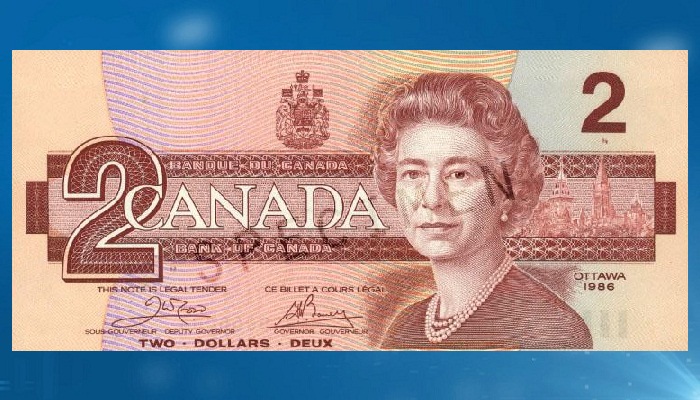Interestingly, when the official rate was finally revalued on 5 July 1946, the inconvertible Canadian dollar, while also appreciating, did...
Interestingly, when the official rate was finally revalued on 5 July 1946, the inconvertible Canadian dollar, while also appreciating, did not move up the whole amount. It generally traded between US$0.95 and US$0.96 through the remainder of that year. Clearly, the revaluation was not viewed as completely credible by free-market participants. Indeed, the free rate slowly weakened over the next few years, foreshadowing the eventual devaluation of the official rate in September 1949.76 The inconvertible Canadian dollar declined with the devaluation of the official exchange rate in 1949, but to a lesser extent, temporarily eliminating the differential between the two rates. With the inconvertible Canadian dollar continuing to weaken to about US$0.8840 through the winter of 1949–50, a differential of roughly 2.5 per cent temporarily re-emerged. The sudden improvement in Canada’s economic prospects, however, and strong capital inflows from the United States, eliminated the differential between the two rates once again by March 1950. Indeed, the unofficial rate actually moved to a marginal premium to the official rate immediately prior to the decision to float the Canadian dollar. The relevance of the unofficial rate During the 1940s,
there was an active debate over whether the unofficial rate was the “true” value of the Canadian dollar. The Bank of Canada maintained that, given the “limited use” of inconvertible Canadian dollars and the small size of the market, prices were not necessarily an accurate reflection of sentiment towards the Canadian dollar (FECB 1947, 5).77 This was disputed by many economists, including then-associate professor of economics, Milton Friedman. In a 1948 University of Chicago debate with Donald Gordon, Deputy Governor of the Bank of Canada,
and Dr. W. A. Mackintosh, head of the economics department at Queen’s University and wartime economic adviser to the government, Friedman argued that there was no particular reason why a small market should necessarily lead to a distorted price. He also argued strongly that Canada should introduce a flexible exchange rate rather than relying on a system of exchange controls to balance trade. Gordon, on the other hand, contended that a 10 per cent decline in the official Canadian dollar (to roughly the level prevailing in the unofficial market) would have comparatively little impact on trade flows (Friedman et al. 1948). While there is no evidence directly linking Milton’s Friedman’s advice to Canada’s subsequent decision to float the Canadian dollar, it undoubtedly had an impact on the internal thinking of the Bank of Canada.

No comments